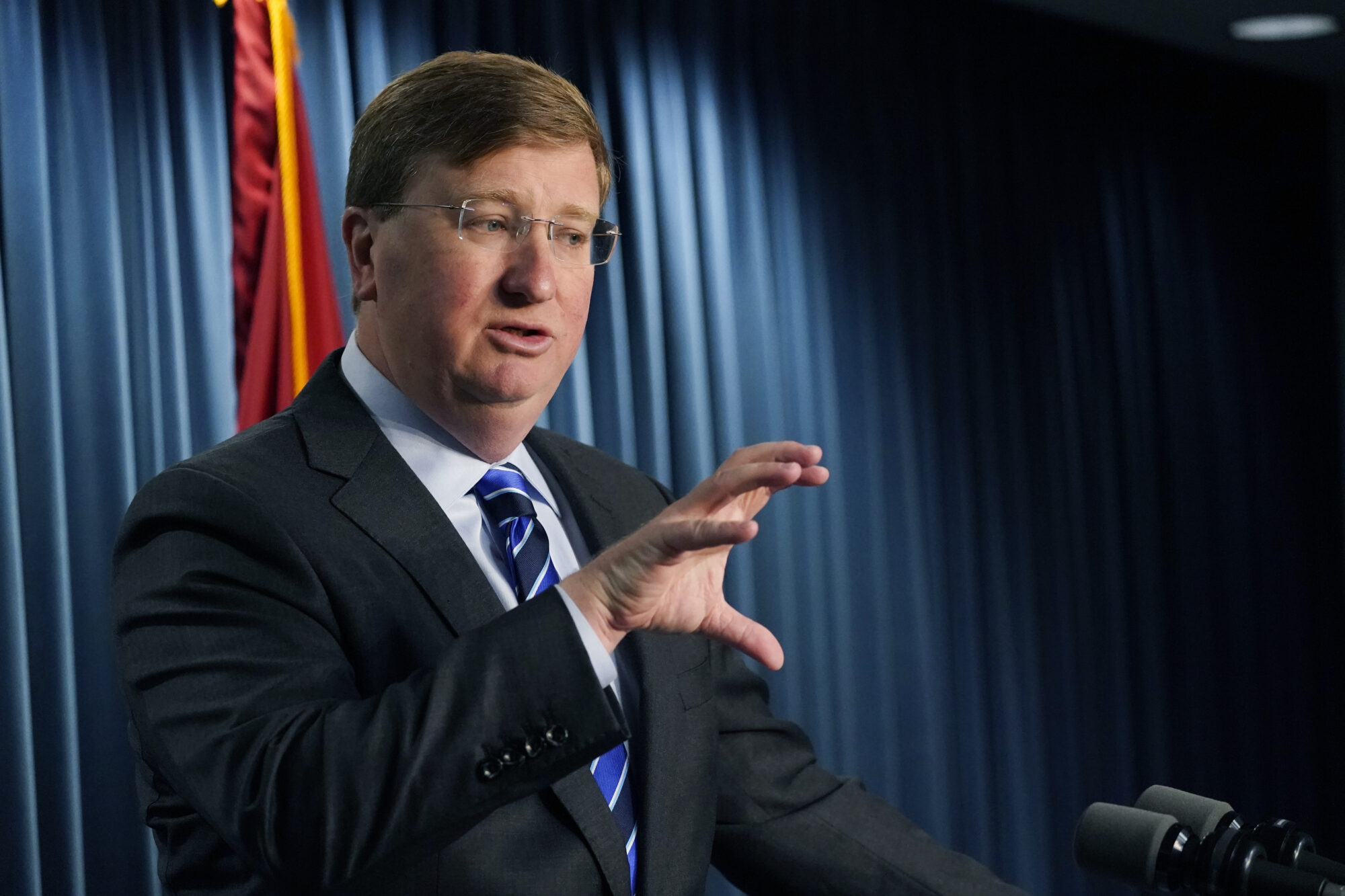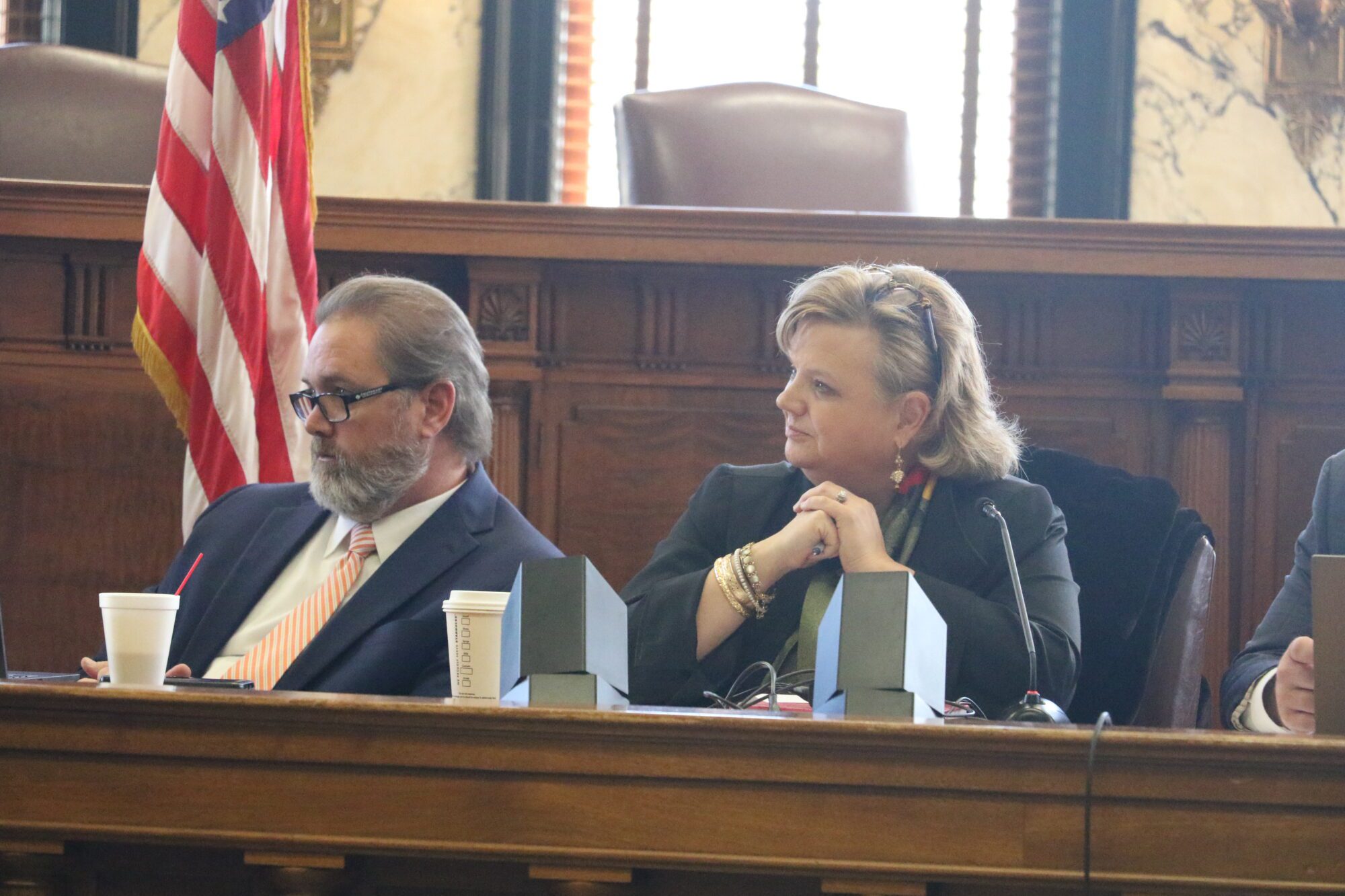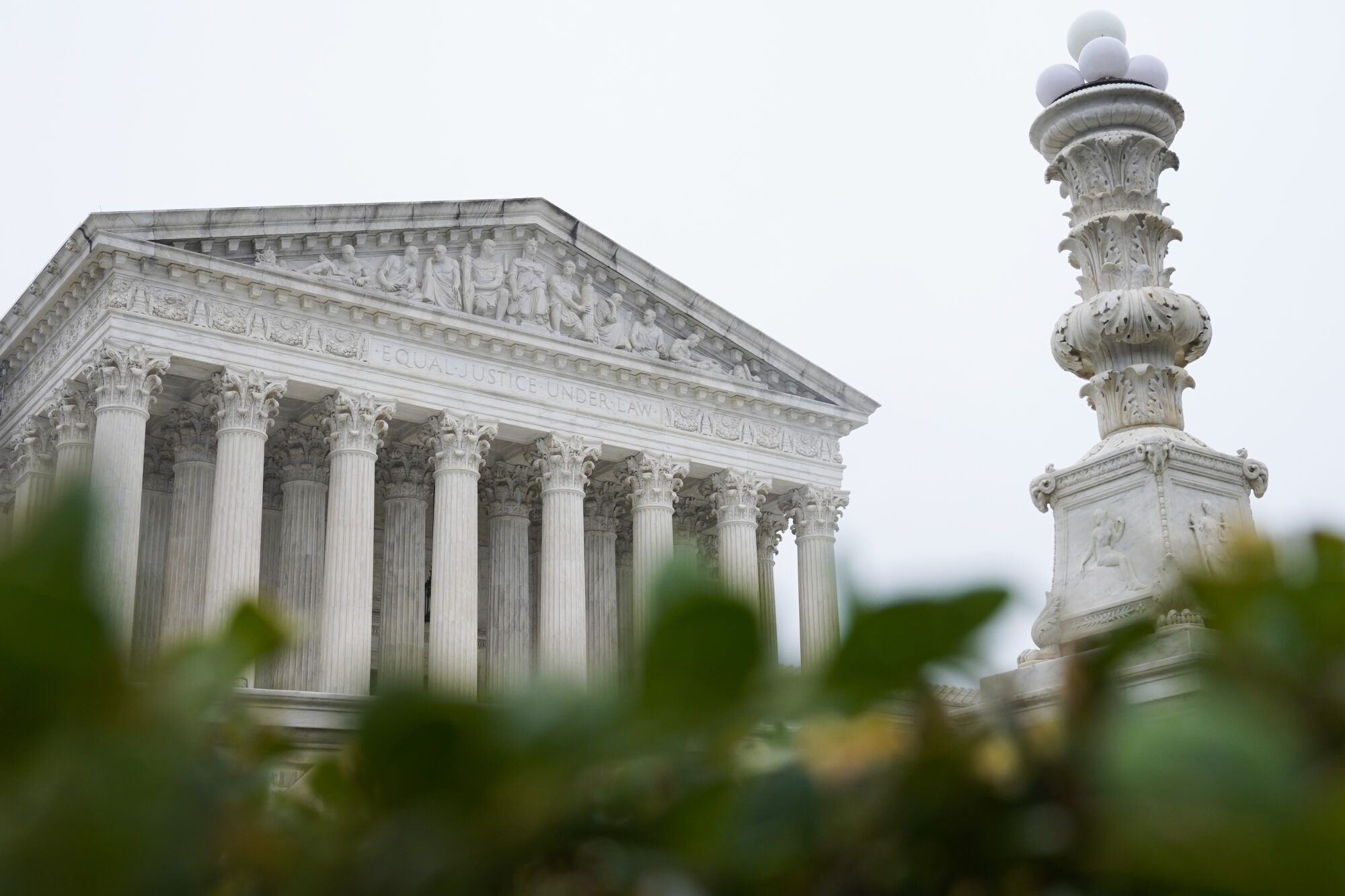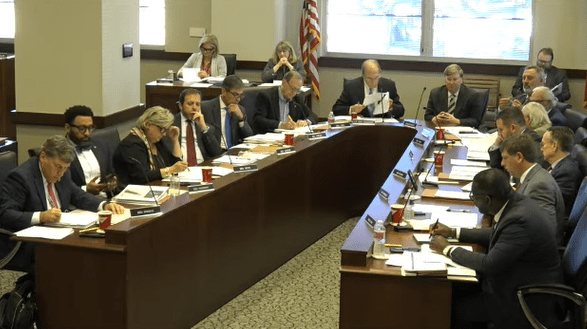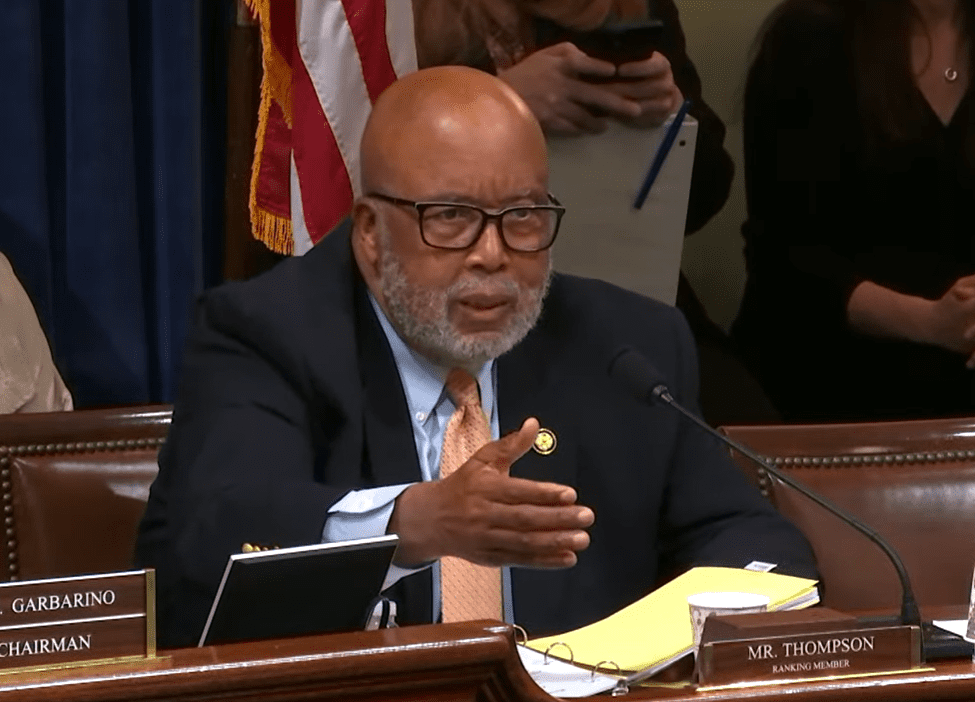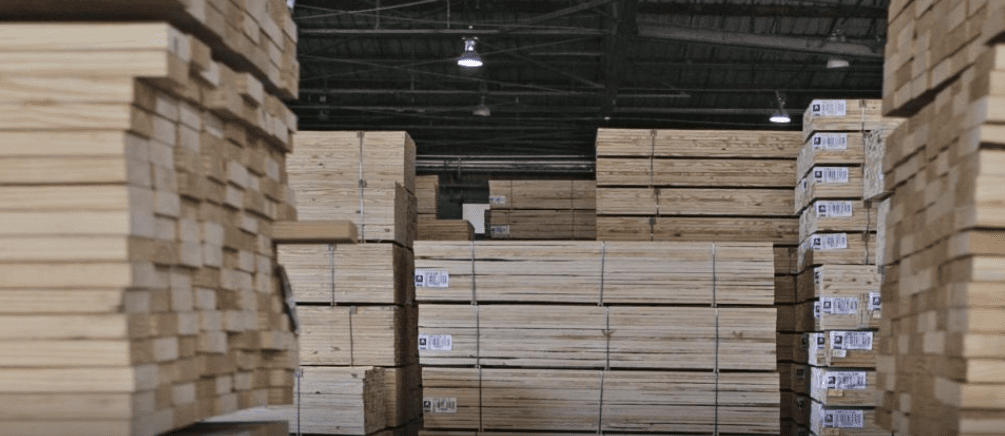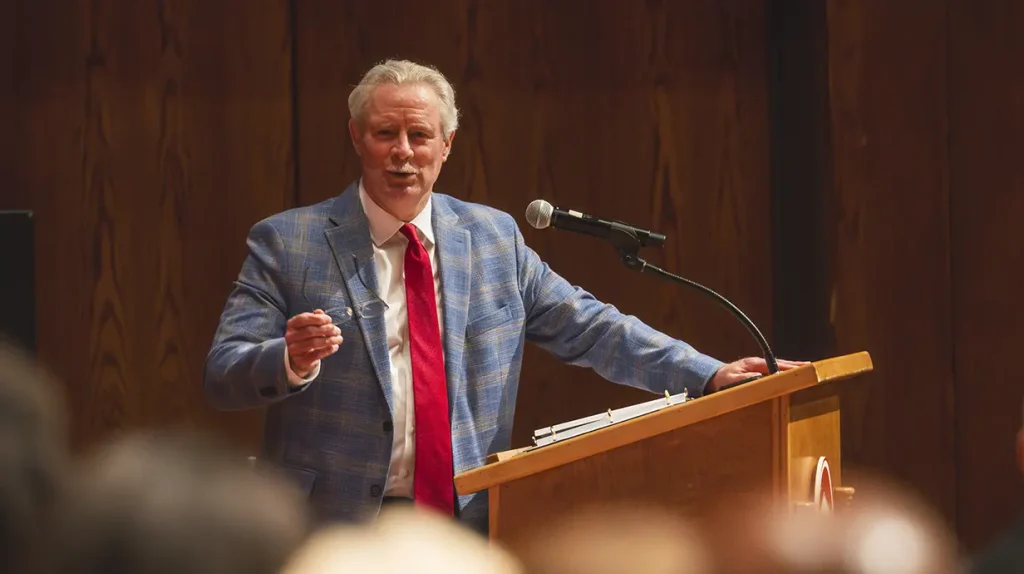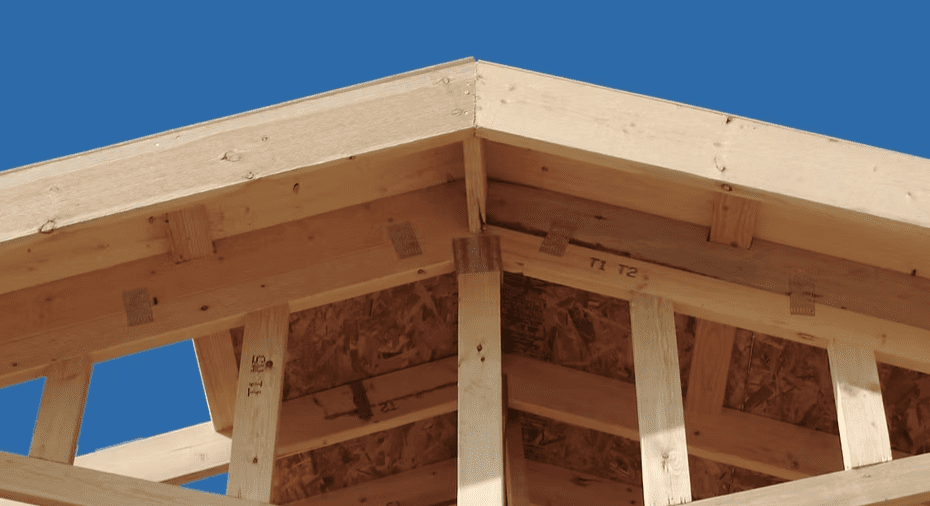
(Photo from Home Builders Association of Mississippi)
- Lawmakers encouraged to consider ways to lower development costs and ease restrictions.
On paper, the Mississippi housing market looks better than much of the country but look beyond the headlines and there are several cracks in the foundation of the state’s real estate sector, a state Senate Study Committee was recently told.
Mississippi’s low housing costs and high rates of homeownership are being challenged by increases in prices and dips in purchases, Mississippi Realtors said.
Real estate agent DeShawn Davis said many Mississippians earning $50,000 to $60,000 annually, with house payments of $1,600 to $1,900, including principal, insurance, and interest, are approaching the industry’s recommendation of 30 percent of yearly income. He added that areas seeing increased housing prices, such as the Gulf Coast counties, university cities, and the Jackson metro area, are beyond the 30 percent recommendation.
The situation is worse for low-income renters, Davis said. The Magnolia State has tens of thousands of low-income renters, who must pay more than 30 percent of their income on housing, according to Davis, citing the Low-Income Housing Coalition.
The Coalition ranks Mississippi as “having a housing shortage or a deeply affordable housing shortage” for low-income renters. About one in five people in Mississippi live in poverty, according to 2023 Census data.
Davis also told the Senate committee that Mississippi is seeing a construction slowdown because of building and labor costs, increased utility tap fees, and waiting times.
“Wages and rent in Mississippi often do not support new build pro forma without subsidies or some credits,” he said.
John Michael Rainey, president of the Home Builders Association of Mississippi, outlined builders’ limitations to constructing starter homes in Mississippi. Starter homes, he said, “are slipping away from young families.”
The cost to build a modest 1,500 square feet home with a cost of $180 to $220 per square foot runs in the neighborhood of $270,000 to $330,000.
“The result is that an entry-level home is far less affordable,” Rainey said.
The sticks and bricks cost, he said, is why prices are rising across Mississippi. In Desoto County, lot costs are around $85,000 and rising, while building costs $140 to $150 per square foot. In Madison County, lots are selling for $65,000, and building costs are running at $155 per square foot. Rainey went on to list seven other counties where prices range upwards of $80,000 for lots and $175 per square foot for construction.
“There’s a common theme here,” he said. “High costs, local restrictions, and regulatory burdens. Let me say this isn’t a Mississippi issue, this is a national crisis.”
An industry trade group, the National Builders Association, found government regulations count for nearly 29 percent of single-family dwellings’ costs, with more than 13 percent coming from local red tape.
Rainey said getting development costs down should be at the forefront of the committee’s recommendations.
“It would blow your mind at home how much it costs to put in a linear foot of curb, a linear foot of road,” he said.
Currently, putting a roadbed in a subdivision is twice as expensive as it was a decade ago, he told the committee, due to regulations.
Matt Mayo, a banker, spoke about attainable rental housing. In Mississippi, he said, there are 59 affordable housing rentals for every 100 people.
“There’s certainly an unmet need,” he said.
For a two-bedroom rental home in Mississippi, the fair market rate was $1,400 per month. That equates to a wage of $20.03 an hour. In Desoto County, the hourly wage to rent a two-bedroom house is more than $24 an hour, while along the Gulf Coast, it is $22.13 an hour, and in Metro Jackson, $20.29 an hour.
Mayo said some of these prices are twice as much as what a janitor, fast food worker, or low-level health care worker earns an hour.
“Clearly, there is a disconnect,” he said.
One solution, Mayo said, is to use new market tax credit programs for affordable housing. This program gives tax credits to encourage investing in low-income neighborhoods, where 20 percent of the units must be occupied by rent- and income-restricted households.
He also suggested high schools start requiring financial literacy courses.

